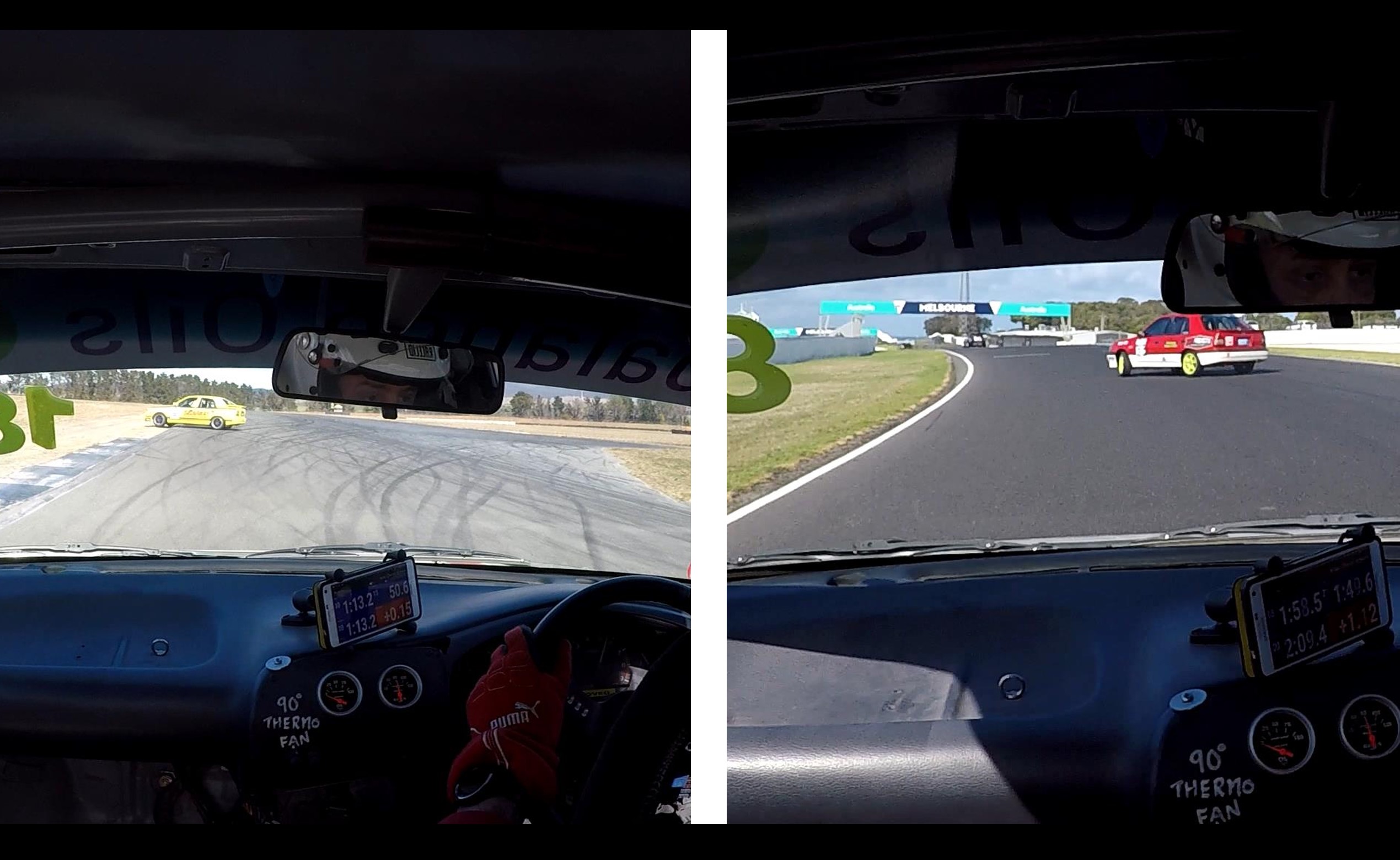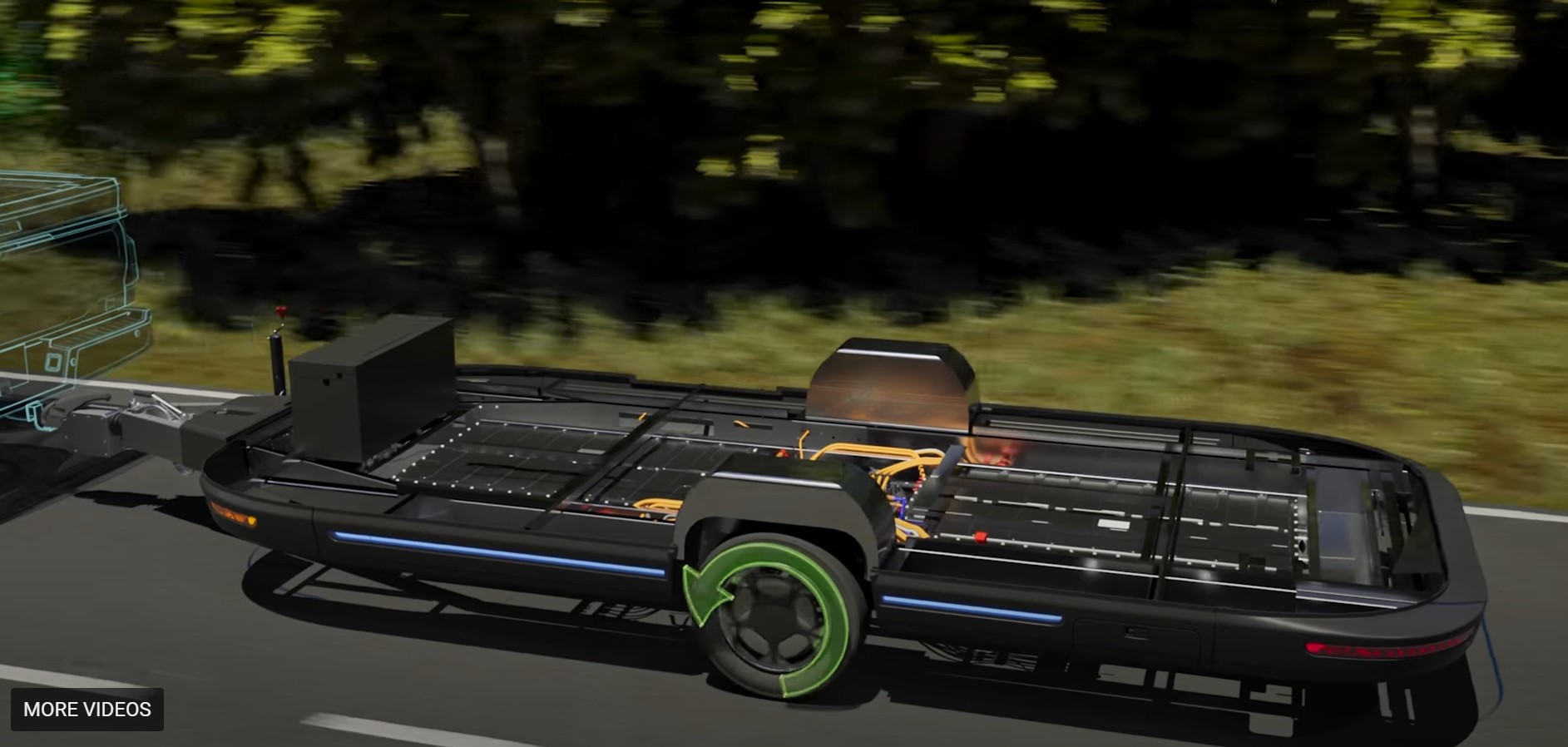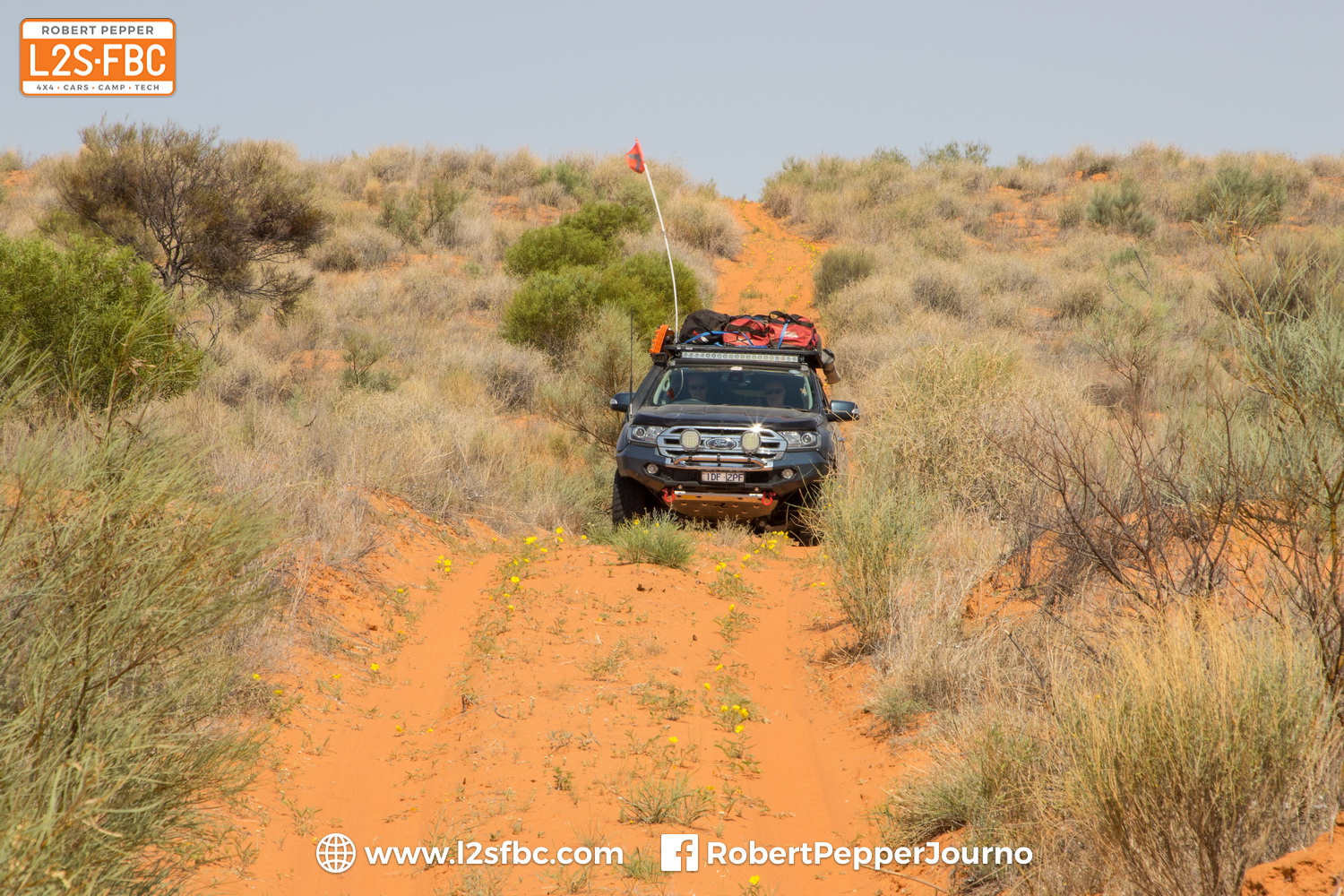
Why “power out” is wrong for skid recovery
So let’s say you’re driving along a dirt road, hook into a corner a bit fast and the back end steps out. Or, you’re on a fast, sweeping corner at a fairly constant speed and same thing, back end starts to overtake the front. Maybe you’re just driving straight and hit a bit of an off-camber section with a pothole.
However its happened, the car is now skidding sideways, back trying to overtake front. This is called a yawing motion as the car rotates around a point somewhere around its centre, and it’s also called oversteer.
Now this is not a desirable state of affairs for the most part, so you want to recover the car so it’s heading where you want it go go. So how do you do that?
The received wisdom is “power out mate”. But why? I asked my Facebook followers, and here’s what I got:
The way it was explained to me was that if you lose it in on a slippery road and jump on the skids you just slide more as you never had traction to begin with. If your putting power down to the road you have control. I’m doubting this now the question is being asked.
100% power out of them… or it will grip and snap you the other direction real fast if your not careful
If I have time enough not to panic, I try to gently blip throttle and move steering carefully till I feel some control. Usually I react instinctively with no idea what I did. I was always told to power out, but that often made the front go out.
as you learn in any racing school – power AND the right steering might get you out
” If you dont accellarate you may gain traction too quick and not be pointing the way you want to … if you do accellerate you can “feather in” the traction”
But seriously, the idea is to keep the wheels spinning and regaining traction slowly with throttle input. If you lift off the wheels will grip up Quickly and shoot you the direction the car is pointed. If you hit the brakes you just become a passenger.
There’s a bit of truth in all the above, but all miss perhaps the most important point which is:
If you’re oversteer skidding, your grip demand has already exceeded the available grip, so adding power simply increases the grip demand even further. You’ll just get to the scene of the accident even quicker.
You can test this yourself. Just do circle work. Add power, you rotate faster. Soon as you ease off the power the car stops rotating. Really simple.
Now the point about snapping in the other direction is correct; the initial slide may be caught, but the snapback can be hard to catch. However, the solution is NOT to add more power. What you do is steer…and you steer in the direction you want to go. Without steering, no oversteer skid recovery will work. Being able to steer effectively in a skid situation is really difficult and in my view is the #1 reason why skids aren’t recovered. Which is why I made a video that explains how to steer 4x4s and racecars. The title image to this post is a clip from one of my videos showing what happens when you steer, or don’t steer correctly. One ends well, the other..not so well.
As far as the throttle and brake is concerned, the idea is to not add to the workload of the tyres. Depending on the skid, this may mean a gentle easing of the throttle, or reducing brake…what you’re doing is trying to reduce, and certainly not add to the grip demand of the rear tyres. You add power, you’re definitely increasing your grip demand, so don’t do that. And the extent to which you reduce throttle or brake, and how quickly you do that depends on the nature of the skid. The more sudden the skid, the greater and sharper the reduction in throttle or brake.
The one time powering out for a oversteer skid will work is when it’s a front-drive car. It works because you still have grip on the front wheels, and they’ll pull you straight. The power isn’t adding to the traction demand on the rear wheels. But, the power-out won’t work on rear-drive, or all-drive vehicles.
Now it is possible to oversteer skid a rear or AWD, while applying power, and recover..but the recovery is all about steering and would be easier and quicker if power wasn’t applied. If it’s an unexpected skid, you normally want to get back in line very quickly. So, if you want to get your car back under control, “fix the foot” that caused the oversteer; reduce braking or power such that your grip demand is back within grip limits, and that may be a snap off or just a gentle easing off.
I have explained exactly how skid recovery works in three videos, the first of which is linked below as it covers something called the Circle of Traction which is critical to understanding vehicle dynamics and is the foundation for understanding skids, and subsequent recovery.
Some other points from the post which I’ll address here:
FWD or RWD (or AWD)…all require a different approach to correcting oversteering…sliding…I guess it also depends on the amount of electronic nanny crap fitted to the vehicle as well…I was always told car manufacturers “built in” understeer because people cannot drive and it was a method of getting them to slow down…
Yes, different approaches, but not radically. Recovering from oversteer is basically a matter of, all at the same time – looking where you want to go, ensuring the steering wheels is turned where you want to go, and reducing the grip demand of the rear tyres. The major difference between the three drivetrains is that with front drive you can add power. And yes, roadcars are always built with understeer because it’s safest if the vehicle is losing traction; better to hit the tree head-on than spin, hit it sideways or maybe roll.
Would you even be able to power out in a modern car with ESC\ABS\etc.? Wouldn’t these systems prevent it?
Yes and no. On a flat surface you cannot spin or skid a car with stability control (ESC). The electronics are just too good. However, you can skid any ESC car easily enough if you hit a pothole or similar. This is because the traction coefficient of air is quite low. I have tested this by accident, so I know it’s true. In particular, I recall driving an LC200 with bar and winch along the Cape York Development Road at a brisk pace and hitting an unexpected hole. The resulting sideways action was not corrected by the cars electronics and I nearly made the road a little wider. It didn’t help that the 200 had stock suspension not suited to the additional load over the front axle which meant its pitch control was awful. I have since done similar tests with the same result.
To follow on from the Traction Circle video above, here’s two more explaining understeer and oversteer, and how to recover:


